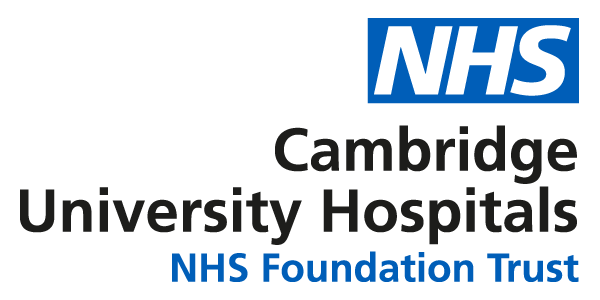VHL is a rare multi-systemic tumour predisposition condition. It is caused by genetic variants in the affecting the VHL gene. It is dominantly inherited but many cases are de novo.
The main manifestations are as follows.
- Brain (most typically in the cerebellum) and/or spine haemangioblastomas
- Retinal haemnagioblastomas – Frequently referred to as retinal angiomas or retinal capillary haemnagiomas
- Renal cysts/tumours – Cysts frequently develop increasing complexity, becoming clear cell renal cell carcinomas and requiring removal at a certain size threshold.
- Pancreatic cysts/tumours – Tumours are typically pancreatic neuroendocrine tumours.
- Phaeochromocytomas
Investigation for VHL
Genetic testing for VHL can be performed according to the Rare and Inherited Disease National Genomic Test Directory (opens in a new tab) (indication R225).
Broadly, eligibility can be met by having:
- a characteristic VHL feature before a given age
- multiple features, or having a feature where a first degree relative also has a VHL manifestation.
Testing can be ordered by the range of specialists that are most likely to see patients with manifestations. In some cases, it will be unclear whether some features that would make a patient eligible for testing are present (e.g. kidney cysts) so additional non-genetic investigations may be warranted to look for them.
The VHL surveillance clinic
The VHL surveillance clinic is coordinated from Addenbrooke’s hospital and receives referrals for both assessment and follow-up.
The following categories of patients are followed up in the clinic.
- Genetic diagnosis of VHL – This may be following a predictive genetic test prompted by an affected family member or a diagnosis based on the investigation of manifestations.
- Clinical diagnosis of VHL – Genetic testing is not 100% sensitive and patients may fulfil diagnostic criteria even though genetic testing was negative. Offspring of these individuals are themselves eligible for follow up in the clinic.
- A characteristic feature of VHL where genetic testing is negative – For certain manifestations (e.g. cerebellar haemangioblastoma at a young age) there is sufficient chance of developing more VHL features to warrant some follow up in the clinic.
Individuals followed up in the VHL clinic are reviewed on an annual basis and surveillance protocols applied. Key surveillance investigations are as follows:
- Eye examination – From early childhood
- Plasma metanephrine blood test (for phaeochromocytoma) – From age 11 years
- Abdominal imaging – From teenage years
- Neuroimaging – Default every three years from adulthood
For practical reasons, the monthly in-person surveillance clinic takes place in the Ophthalmology department at Addenbrooke’s hospital.
VHL management
Decisions surrounding VHL manifestations that require treatment are generally made as part of a multidisciplinary team meeting with surgery being the mainstay of intervention.
Retinal haemnagioblastomas can often be treated at the surveillance clinic (e.g. with laser treatment).
There is now a medical option (Belzutifan) for VHL manifestations where surgical treatment is indicated but unsafe/undesirable to perform. Belzutifan is approved under a managed access agreement and decisions surrounding prescription (by Oncologists only) are undertaken on a case by case basis via multidisciplinary team meetings.

